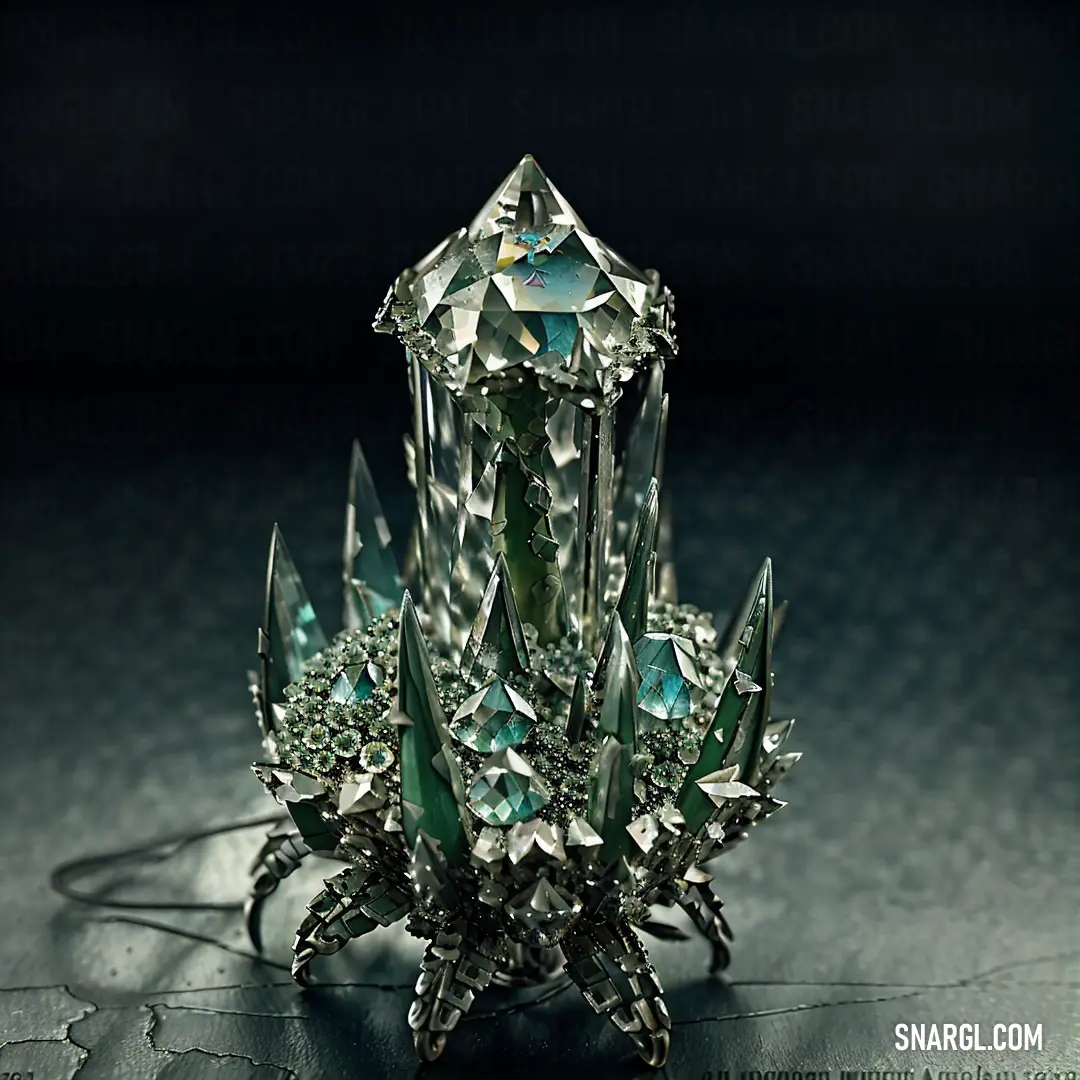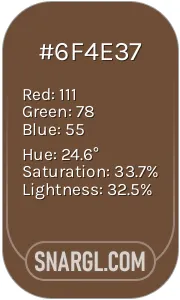
Asparagus
What color is Asparagus?
The color of asparagus depends on how it is grown and the variety of the plant.
Here is some information about each color of asparagus:
Green asparagus is the most common and widely available type of asparagus.
It is green because it grows above the ground and is exposed to sunlight, which activates the chlorophyll in its cells.
Chlorophyll is a pigment that gives plants their green color and helps them produce energy from the sun.
Green asparagus has a grassy and slightly bitter flavor, and thin and tender stalks.
It can be cooked in various ways, such as steaming, roasting, or blanching, and is often served with butter, lemon, or vinaigrette dressing.White asparagus is more popular in Europe than in America, and is considered a delicacy in some countries.
It is white because it grows underground or under a thick layer of soil or plastic, which prevents any sunlight from reaching it.
Without sunlight, the asparagus does not produce chlorophyll and remains white.
White asparagus has a mild and slightly sweet flavor, and thick and fibrous stalks.
It needs to be peeled before cooking, and is usually simmered or boiled until soft.
It is often served with melted butter or hollandaise sauce.Purple asparagus is a rare and exotic type of asparagus that was developed in Italy.
It is purple because it contains anthocyanins, which are antioxidants that give some fruits and vegetables their red, blue, or purple color.
Anthocyanins also make purple asparagus sweeter and nuttier than green or white asparagus, as they have about 20% more sugar in their stalks.
Purple asparagus has a similar shape and texture to green asparagus, but its color fades when cooked.
It can be prepared and served in the same ways as green asparagus, or eaten raw in salads or as a snack.
The color of asparagus also affects its nutritional value.
However, green asparagus has more vitamin C, vitamin A, and chlorophyll than white or purple asparagus, while purple asparagus has more anthocyanins and sugar than green or white asparagus.
White asparagus has less nutrients than green or purple asparagus, as it does not get any sunlight.
Asparagus is a versatile and healthy vegetable that can be enjoyed in different colors and flavors.
Whether you prefer green, white, or purple asparagus, you can find many recipes and ways to cook and eat this springtime delicacy.
Example of the palette with the Asparagus color

See these colors in NCS, PANTONE, RAL palettes...
Example of the palette with the Asparagus color

See these colors in NCS, PANTONE, RAL palettes...
What are the examples of Asparagus color in life?
It is also sometimes called asparagus green or chartreuse green.
Asparagus color can be found in nature, in food, and in art.
Here are some examples of asparagus color in life:
In nature, asparagus color can be seen in the leaves of some plants, such as the asparagus fern, the asparagus pea, and the asparagus aethiopicus.
Some insects, such as the asparagus beetle and the asparagus aphid, also have asparagus color in their bodies.
Asparagus color can also be found in some minerals, such as the asparagus stone, a variety of chalcedony that has green and white bands.In food, asparagus color is obviously present in the vegetable asparagus, especially the green variety.
Asparagus color can also be seen in some fruits, such as the kiwifruit, the lime, and the avocado.
Some herbs and spices, such as parsley, cilantro, and mint, also have asparagus color in their leaves.
Asparagus color can also be used as a food coloring, such as in the asparagus jelly, a traditional dessert from France.In art, asparagus color can be used as a paint color, a dye color, or a fabric color.
Asparagus color create a fresh and lively impression, as well as a contrast with other colors.
This color can also be associated with spring, nature, and health.
Some examples of artworks that use asparagus color are the painting "Asparagus" by Édouard Manet, the sculpture "Asparagus" by Claes Oldenburg, and the quilt "Asparagus Patch" by Nancy Crow.
Example of the palette with the Asparagus color

See these colors in NCS, PANTONE, RAL palettes...
Example of the palette with the Asparagus color

See these colors in NCS, PANTONE, RAL palettes...
What looks best in Asparagus?
When considering what looks best in this shade, it's important to think about the occasion, the season, and personal style preferences.
For a casual look, pairing asparagus green with neutral tones like white, beige, or light grey can create a relaxed yet chic ensemble.
A simple asparagus green t-shirt or blouse can be matched with white jeans or beige chinos for a day out in the city.
In a business setting, asparagus green can be incorporated into a more formal outfit through accessories or a statement piece.
A silk scarf, tie, or pocket square in this hue can add a pop of color to a classic suit.
Alternatively, a fitted blazer or pencil skirt in asparagus green can be paired with a crisp white shirt for a professional look with personality.
For evening wear, asparagus green can be both elegant and striking.
A flowing gown or cocktail dress in this color, perhaps with some embellishments or lace details, can stand out at a formal event.
Pairing it with metallic accessories like gold or silver can enhance the richness of the color.
In terms of seasonality, asparagus green is particularly suited to the spring and summer months.
It reflects the greenery coming to life during these seasons and can be complemented with floral patterns or lighter fabrics like linen and cotton.
Lastly, when considering personal style, those who prefer a bohemian look might opt for asparagus green maxi dresses or skirts with intricate patterns.
Those with a minimalist aesthetic might choose a sleek asparagus green jumpsuit with clean lines and a structured fit.
Overall, asparagus green can be adapted to various styles and occasions, making it a delightful choice for those looking to bring a natural and sophisticated color into their wardrobe.
Example of the palette with the Asparagus color

See these colors in NCS, PANTONE, RAL palettes...
The Asparagus Revolution
Dr. Iona Chen had always been fascinated by the psychological impact of colors. Her research had led her to explore the lesser-known hues, and one day, she stumbled upon the color "Asparagus." It was a muted green, often overlooked in the vibrant spectrum of fashion. But Iona saw potential in its subtlety and calmness. She believed that Asparagus could evoke a sense of tranquility and sophistication, a perfect antidote to the chaotic world.

Jessica McLeod, on the other hand, was struggling with writer's block. Her latest novel was stuck in a creative rut, and she needed inspiration. A chance meeting with Dr. Chen at a local café sparked an idea. As they chatted over coffee, Iona shared her vision of Asparagus transforming the fashion industry. Intrigued, Jessica decided to document this journey, blending her storytelling prowess with Iona's scientific insights.
Together, they embarked on a mission to introduce Asparagus to the world of fashion. Their first step was to create a collection that showcased the versatility of this understated color. They collaborated with local designers, blending Asparagus with various textures and fabrics. The result was a stunning array of outfits that exuded elegance and calmness.

The duo organized a grand fashion show in the heart of Amsterdam. The venue was an old warehouse, transformed into a mystical garden with Asparagus-colored drapes and foliage. As the models walked down the runway, the audience was mesmerized. The muted green brought a refreshing change, a departure from the usual bold and bright colors. It was a visual symphony that resonated with the viewers' emotions.
Word of the Asparagus collection spread like wildfire. Fashion magazines featured it on their covers, and social media buzzed with excitement. Designers from around the world reached out to Dr. Chen and Jessica, eager to incorporate Asparagus into their own creations. The color became a symbol of serenity and sophistication, a trend that transcended seasons.

Jessica's writer's block vanished as she chronicled their journey. Her book, "The Asparagus Revolution," became a bestseller, capturing the hearts of readers with its blend of science and storytelling. Dr. Chen's research gained international recognition, and she was invited to speak at conferences and fashion events worldwide.
The Asparagus Revolution was more than just a fashion trend; it was a movement that celebrated the power of subtlety and the impact of colors on our psyche. Dr. Iona Chen and Jessica McLeod had not only introduced a new color to the fashion world but had also shown that even the most overlooked hues could create a lasting impression.
In the end, the city of Amsterdam became known not just for its canals and tulips but also as the birthplace of the Asparagus Revolution. And as for Dr. Chen and Jessica, their friendship blossomed into a lifelong partnership, proving that when science and art come together, magic happens.





















 Sinopia
Sinopia Persian plum
Persian plum Smoky black
Smoky black Asparagus
Asparagus Lemon Cream
Lemon Cream Coffee
Coffee Dark jungle green
Dark jungle green Pale silver
Pale silver Eggshell
Eggshell






 MSU Green
MSU Green Wheat
Wheat Pale brown
Pale brown Zinnwaldite
Zinnwaldite Citrine
Citrine Pale spring bud
Pale spring bud Oxford Blue
Oxford Blue UCLA Blue
UCLA Blue











 Khaki
Khaki Jonquil
Jonquil Meat brown
Meat brown Cambridge Blue
Cambridge Blue











